Introduction of Evidence Law
The Law of Evidence is an important part of any branch of the judicial system irrespective of any nation, which means the role of evidence is a very powerful statute in every country. But discussing specifically India the enactment of the Indian Evidence Act has grown our judicial system completely as there were no codified laws relating to evidence which improved our judicial system by providing rules and regulations for determining the shreds of evidence. Although the India Evidence Act is based on English law still it is not fully complete and also it is a ‘Lex Fori’ law which indicates the law of the land where court proceedings are taken. The term ‘evidence’ is originated from Latin word i.e., ‘Evident’ or ‘Evidere’ which means ‘to show clearly, or to discover, or to determine or to prove.’
The Evidence act came into force from 1st September 1872 refers to all over India except the state of Jammu and Kashmir. The limitation of this act does not end here, as it does not use to army & naval law, disciplinary acts and all the affidavits. It is well known that the Law of evidence is Procedural Law and it only refers to court proceedings but it also has a feature in its some part which gives it as Principal Law like Doctrine of Estoppel.
The primary objective of any Judicial System irrespective of any state is to serve justice and defend the rights of the citizens. For administering justice, every judicial system has to consider the facts of the cases and has to select the correct facts for complete justice; and there the value of procedural law comes into being which laws different rules in checking the value of the facts presented by the law offender and by the victim.
The entire ‘corpus juris’ i.e., a body of laws, is divided into 2 categories:
- · Substantive laws- This means a set of rules and regulations that govern the community.
- · Adjective laws- These are the set of rules and regulations which deal with the law governing procedural features such as evidencing, pleading, etc.
Evidence is divided into different categories such as:
- Oral Evidence- Section 60 deals with the oral evidence, where oral evidence is those evidence which the witness has either personally seen or heard any such facts or data which can prove or verifying the facts in issues. The only condition with these types of evidence is that they must be direct or positive for confirming the fact in issues.
- Documentary Evidence- Section 3 talks of the documentary evidence, where those facts or data in the form of the document can be witnessed right by the court of law for establishing the facts in issues.
- Primary Evidence- Section 62 deals with first evidence, these are those facts or data which by any means has a great ability to prove or denying any fact in issues then such information is regarded as first evidence like a paper document of any vehicle is primary evidence to prove the ownership of the vehicles.
- Secondary Evidence- Section 63 deals with secondary evidence, these are those evidence which is provided in the loss of primary evidence like when there is no primary evidence than secondary evidence can be used to determine a fact in issue.
- Real Evidence- Real evidence means material evidence where the court can inspect the evidence quickly and needs no further knowledge.
- Direct Evidence- It is one of the most powerful examples of evidence as the court need not make any answer because these evidence shows the direct contact and has high value to learn or prove any fact in issues.
- Indirect/ Circumstantial Evidence- When there is no enough direct evidence to prove any fact in issue then the court can make an opinion on the availability of existing evidence and construct a link between the current evidence and the inference. And if the constructive link is completely away from any reasonable doubt then the court can prove any fact.
- Hearsay Evidence- Hearsay evidence is very limited evidence or no evidence as to the witness, himself is not the actual witness of the fact in issues because whatever he is describing is not what he saw or heard rather the reporting facts are the facts which are told by another person. Hence the court concludes that the narrated facts by the third person have not much honesty in establishing any facts.
- Judicial Evidence- Statements of witnesses, documentary evidence, facts discovered during the examination of a witness in the court, self-incrimination is some kind of evidence which the court takes itself and such evidence is known as legal evidence.
- Non- Judicial Evidences- Confession made by the witness or accused or victim outside the court are regarded as non- judicial evidence.
- Prima Facie Evidence- The idea of ‘on the face of it’ with respect to evidence is a principle when the court considers any facts and held them proved until they are unproved, then such evidence is says as prima facie evidence.
Common examples of evidence that relevant in civil and intellectual property (IP) litigation include:
- contractual documents;
- documents that relate to pre-contractual negotiations;
- searches (ASIC; land registers; property registers);
- phone records;
- text message logs;
- Facebook posts and messaging logs;
- video (surveillance or dash cam);
- IT forensic evidence;
- barcodes;
- sales receipts;
- recordings (secret recordings);
- emails; and
- Forensic IT evidence adding a variety of computer logs.
Three categories of evidence
Once all the evidence has been identified and considered, it is important that the party discovers the relevant category the evidence falls into. Broadly speaking, evidence can be divided into three (3) distinct categories:
- Oral
- Documentary; and
- Real.
THE MOST IMPORTANT FEATURES OF THE INDIAN EVIDENCE ACT:-
- Court.
- Fact.
- Relevant fact.
- Facts in issue.
- Document.
- Evidence.
- Proved.
- Disproved.
- Not proved
- Affidavit
- Motive
- Circumstantial evidence
- May presume
- Shall presume
- Conclusive proof
|
Action- Your support helps & more information Platform Thelegalbank
|
No reviews found.


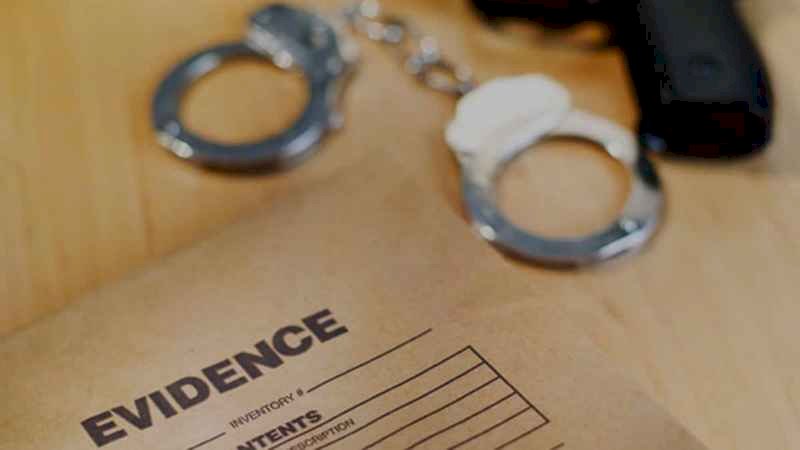



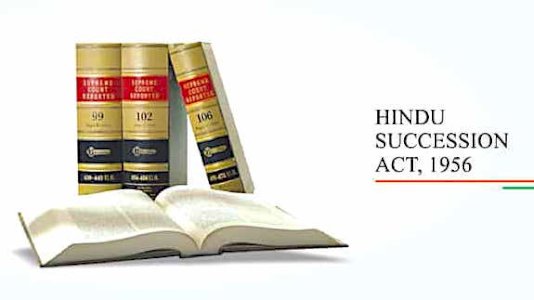
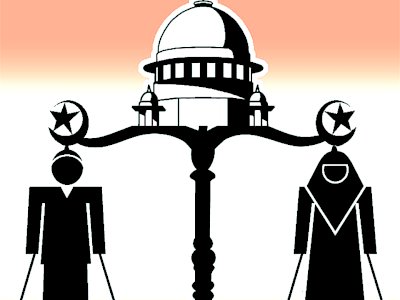
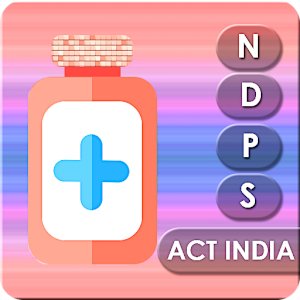



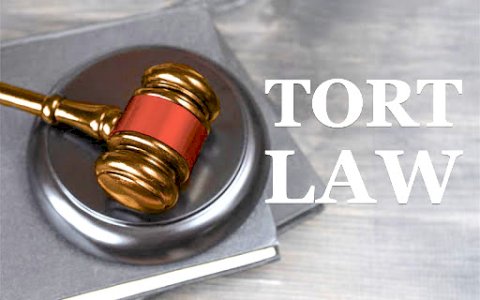
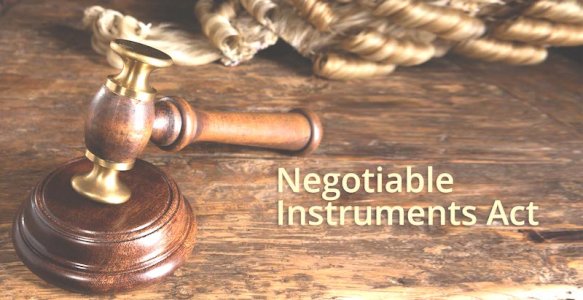

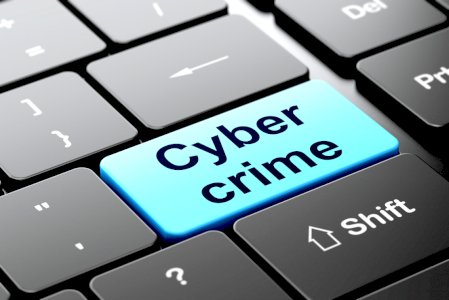
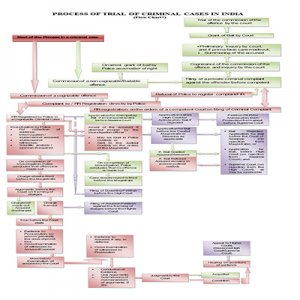


No comments found for this product. Be the first to comment!